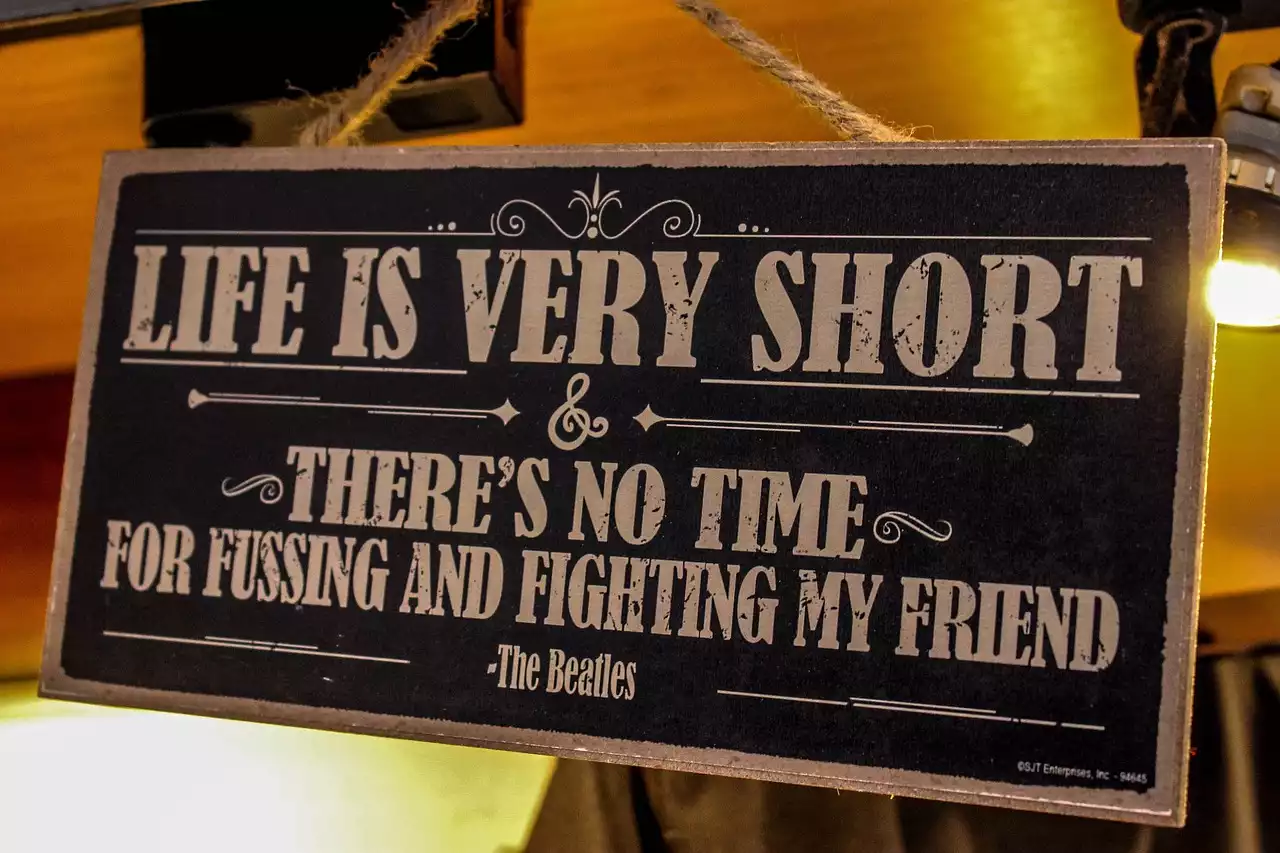The influence of pop music on fashion in the 1960s has been well documented. The Beatles, and other popular bands at the time, had a profound effect on how men and women dressed. The way people dressed was influenced by many factors: economic prosperity, political tension and changes, as well as the music that was being produced at the time. The influence of pop music on fashion in the 1960s is evident in several ways. Men began to grow their hair longer and women begin dressing more provocatively. Both genders started to wear more colorful clothes with patterns rather than monochromatic ones. In this article we will explore some of these changes in more detail, so read on to learn more!
Economic Prosperity and the Growth of Pop Culture
As we know, economic prosperity can drive trends in fashion and pop culture, as people have more disposable income to spend on clothing. During the 1960s, America experienced a time of economic prosperity. Wages were rising, especially for women, and people were making more money than ever before. This led to the “youthquake” that was sweeping the Western world at the time. Young people were making more money, had more money to spend, and wanted a voice. This led to the growth of pop culture and the rise of youth culture, which had a significant effect on fashion too. Pop music was becoming increasingly popular, and as it was embraced by the young people of the time, musicians and fashion designers began to collaborate.
Political Tension
The influence of music on fashion is also evident in the way it was used as a political tool during the 1960s. This was the decade in which pop music exploded into the mainstream, and the youth became a confident, driving force in society. This was seen in several ways, but one of the most obvious examples is the use of music as a political tool. Pop music was used as a way to show solidarity with the Civil Rights Movement. Many performers, including the Beatles, used their music to show support for African Americans and a desire to end discrimination. Songs that were used to support the Civil Rights Movement include “We Shall Overcome” and “Eleanor Rigby”. The latter song featured lyrics about the plight of lonely people, including the elderly, the working class, and single mothers.
The Beatle haircut: Men & Women's hair
One of the most obvious examples of the influence of pop music on fashion is the haircut known as the Beatle haircut. This was a longer hairstyle, featuring a fringe and swept back on the sides. The Beatle haircut was popular with both men and women in the 1960s. Men who wanted a Beatle haircut would usually have their hair cut to a length of about an inch (or 2.5 cm) from the scalp. Women’s Beatle haircuts were usually longer, with a long fringe and swept back sides. The Beatle haircut was considered to be very trendy, especially during the early 1960s. This is because it was a new hairstyle, and therefore not as expected, as a lot of pop stars, including the Beatles, wore it.
Colour in clothing
As pop culture grew during the 1960s, the clothing worn by music stars and fans became increasingly colorful. The love of color was evident in pop stars’ wardrobes, and fans followed this trend and began wearing brighter, patterned garments. This was probably due to two things. One is the increase in disposable income that came as a result of the economic prosperity of the time. The other is the “flower power” movement, in which people advocated the use of psychedelic drugs such as LSD and the loving acceptance of all things natural. This resulted in a lot of patterned clothing and psychedelic patterns. Patterns were created by tie-dyeing cotton fabrics, which resulted in a tie-dyed pattern on the fabric.
The Psychedelic Era
The psychedelic era is often considered to have begun in the 1960s, and it certainly came to an end around the start of the 1970s. Psychedelic fashion was very much in vogue during the psychedelic era, and this included clothing that featured psychedelic designs.
Conclusion
The influence of pop music on fashion in the 1960s was very evident. Men and women began to dress more provocatively, and they grew their hair longer. Both genders started to wear more colorful clothes with patterns rather than monochromatic ones. As pop culture became increasingly popular, musicians and fashion designers began to collaborate. This, in turn, led to pop music influenced fashion in the 1960s. Pop music was used as a political tool during the 1960s and was used to show solidarity with the Civil Rights Movement. Colourful clothing became more popular, and psychedelic designs featured heavily in clothing.


 How To Treat and Prevent Ingrown Toenails
How To Treat and Prevent Ingrown Toenails
 30th Birthday Gifts for Her: The Ultimate Guide to Celebrate a Milestone Decade
30th Birthday Gifts for Her: The Ultimate Guide to Celebrate a Milestone Decade The Ultimate Christmas Gift Guide for Sisters: From Skincare to Loungewear
The Ultimate Christmas Gift Guide for Sisters: From Skincare to Loungewear The Most Influential Fashion Designers of the 1960s
The Most Influential Fashion Designers of the 1960s The Effect of Hippie Counterculture on 1960s Fashion
The Effect of Hippie Counterculture on 1960s Fashion